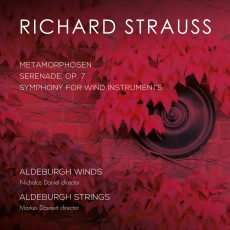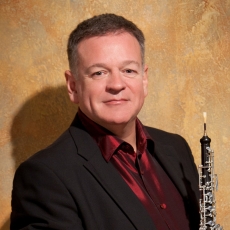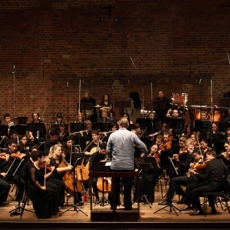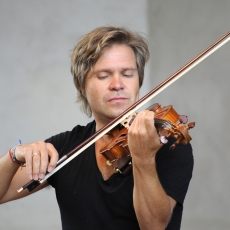Aldeburgh Strings and Winds - R. Strauss: Metamorphosen - Classical Source
All is well at Aldeburgh. There may be plenty of strings attached to the first work on this Richard Strauss album, but they are honed and unanimous in the service of Metamorphosen (1945), Strauss’s lament for the destruction of German art (not least the bombing of Munich and its opera house during World War Two). Led by Markus Däunert, the professor and his students give a very moving account of this masterpiece of elaborate and noble music, seamless in design, and here given a spacious and expressive account. The twenty-three players fully capture Metamorphosen’s sadness and rapture, expanding and contracting naturally, at once private and personal but also communicating directly and deeply with the listener. The musicians’ organic approach moves magnetically towards the few bars of the ‘Funeral March’ from Beethoven’s ‘Eroica’ Symphony that are quoted near the end, heard in the bass (“In Memoriam” written into the score at this point), a link to Strauss’s ‘lost’ Germany, the whole tellingly realised in this devoted and collegiate performance, beautifully recorded too. The rest of the disc is thrown to the Winds, a similarly talented international crew, equally benefitting from the Britten-Pears Young Artist Programme and duly mentored by some of the finest professionals from the UK and overseas. Nicholas Daniel is Markus Däunert’s counterpart as course director, and I assume he conducts the Serenade and Symphony as he is not listed as being part of the oboe section; all the players on the 2015 course are named, including trumpets and trombones not needed here. As for Fröhliche Werkstatt (The Happy Workshop, also 1945), Strauss was content to term it a Sonatina, although it became a Symphony for Wind Instruments when published posthumously (he died in 1949). Certainly it has an ambition worthy of such a lofty title, and it lasts forty minutes here, with two expansive outer movements enclosing relative miniatures, and no-one could doubt the eighty-year-old Strauss’s fluency of putting notes on the page, horizontally and vertically, for there is a lot going on and it all fits. If there is a problem, and each to their own here, it’s that despite being inimitable Strauss the music itself doesn’t always leap out at one, although the craftsmanship does. Yet there is a curious interest in listening to something as grand and as accomplished as this without it making too much headway into one’s consciousness, and at the same time making one feel ungrateful to a composer who has laboured for many hours with a pen in his hand to create something large-scale. That said, the development and the rest of the first movement comes alive, the ensuing Andantino is nicely quirky (reminding of Nielsen), and if the Minuet is so-so in terms of invention then the Finale’s dark and apprehensive introduction certainly grabs the attention before this, the longest movement, proceeds in perky fashion and glorious tones if with lyrical diversions along the way. The ending is feel-good and, therefore, so very different to the contemporaneous Metamorphosen. Acting as a pivot is the delightful early Serenade (1881, Strauss aged seventeen), written for pairs of the ‘usual’ woodwinds, with contrabassoon and four horns; whereas the Symphony adds to this line-up a third clarinet, a bass one and a basset horn. The Serenade is beguilingly expressive, almost Mozartean in places, the scoring rich, and with a middle section that is more animated before settling back to us enjoying a placid picnic surrounded by mountain greenery, at-one with Nature. Once again the music-making is exemplary and the Winds are as well-recorded as the Strings.



